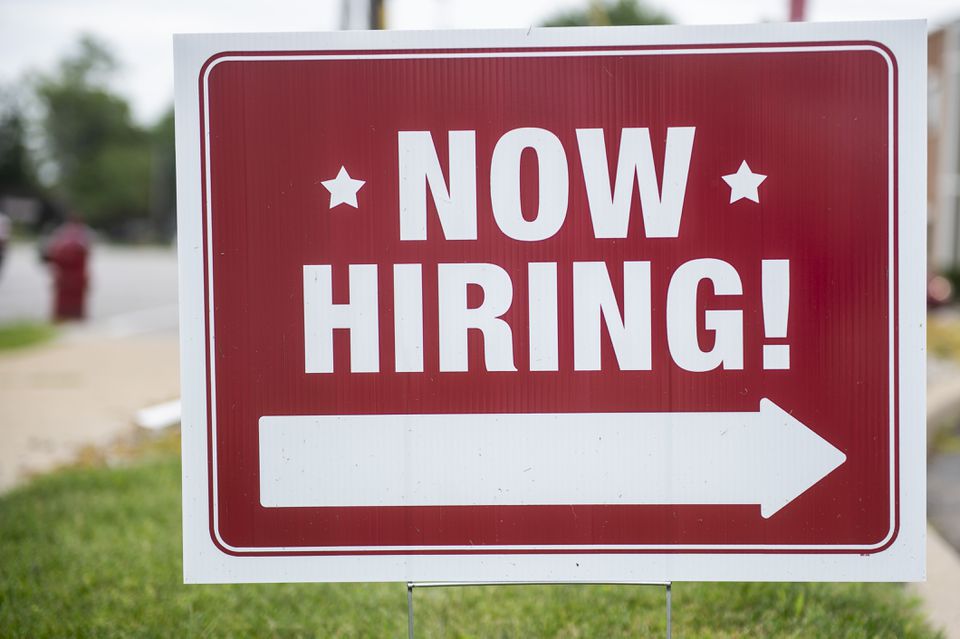By Sarah Lynch, Inc. (TNS)
To try to get workers to quit, some executives are bringing them back to the office.
A quarter of vice presidents and C-suite executives are using this tactic, according to a new survey from BambooHR, the human resources software company. Eighteen percent of surveyed HR professionals similarly hoped the move would lead to more turnover.
This approach has the potential to be successful: Twenty-eight percent of employees said they would “consider quitting if RTO policies occurred at their company,” according to the report.
But it doesn’t seem to be doing the trick just yet: Thirty-seven percent of “managers, directors, and executives” say they believe their company did layoffs last year “because fewer employees than they expected quit during their RTO.”
Plus, exactly whom executives are losing with this tactic could be costly: Forty-five percent of employees at organizations that instituted RTO mandates say the company lost talent “that was highly valued and wished to be retained” as a result.
Indeed, a survey from Gartner released earlier this year found that high performers were even more of a flight risk when companies enacted RTO policies. Another Gartner survey found that one in three executive-level team members would leave because of an RTO mandate.
It’s worth noting that some workers prefer working in the office—39 percent, according to the BambooHR survey. But with “this level of dissatisfaction” from other employees, the report warns that taking this tactic “could lead to a further drain of talent, affecting not just morale but also the stability and innovation potential of the workforce.”
______
(c) 2024 Mansueto Ventures LLC; Distributed by Tribune Content Agency LLC.
Thanks for reading CPA Practice Advisor!
Subscribe Already registered? Log In
Need more information? Read the FAQs




